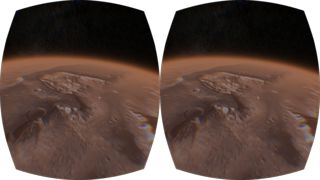
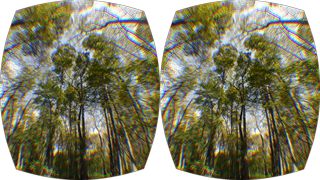
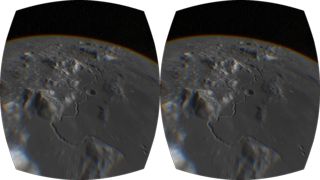
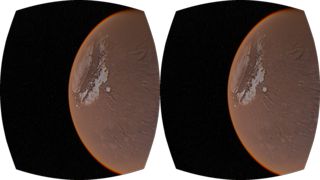
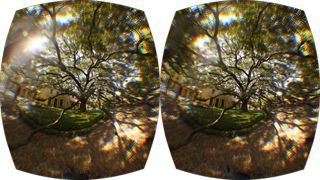
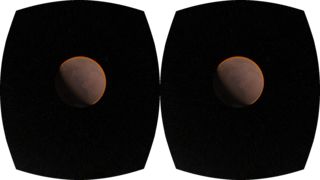
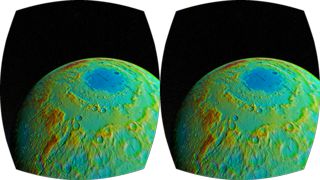
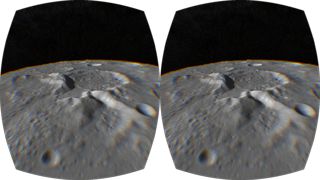
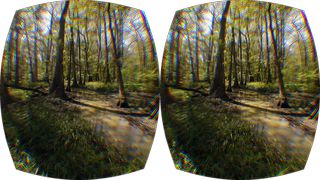
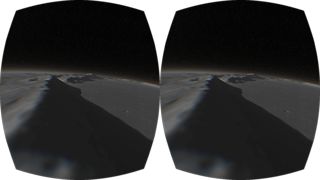
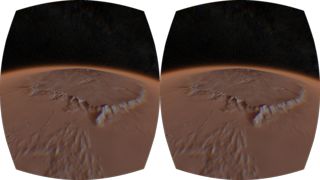
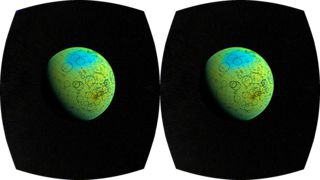
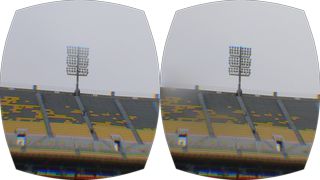
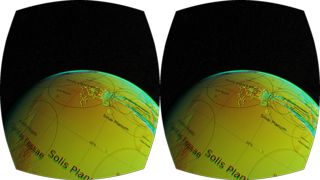
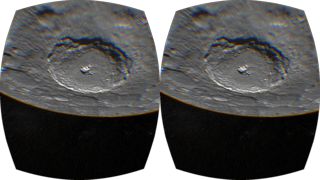
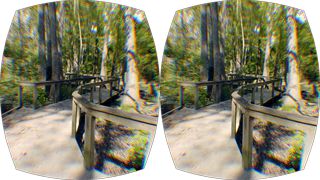
Panoptic lets you explore giga-pixel stereoscopic panoramas and high-resolution planetary terrains on your laptop display, on your 3D TV, or with your Oculus Rift.
The common thread linking panoramas and planets is their spherical nature. A panorama is a sphere viewed from the inside, and a planet is a sphere viewed from the outside.
Panoptic is open source. It binds the Spherical Cube Map rendering library with the Thumb virtual reality application framework. These pre-compiled binaries statically link all dependencies:
Installation is trivial as the executable is self-contained. It's most convenient to place the executable in the same directory as the images you download next.
Twelve example Panoptic scenes are provided.
As Panoptic is a tool for browsing very large images, these examples are large. Several gigabytes of downloads are necessary to get the full effect. Start with the panoramas (1.1 GB), then work your way over to Mars (8.1GB) and finally to the Moon (21GB). See these previews and descriptions for details.
Connect your gamepad if you have one. Run the application normally.
0-Panoptic-Example-Panoramas.xml for the panorama examples.1-Panoptic-Example-Moon.xml for the lunar examples.2-Panoptic-Example-Mars.xml for the Mars examples.Panoptic usage and configuration are documented here.
© 2011–2015 Robert Kooima <robert.kooima@gmail.com>